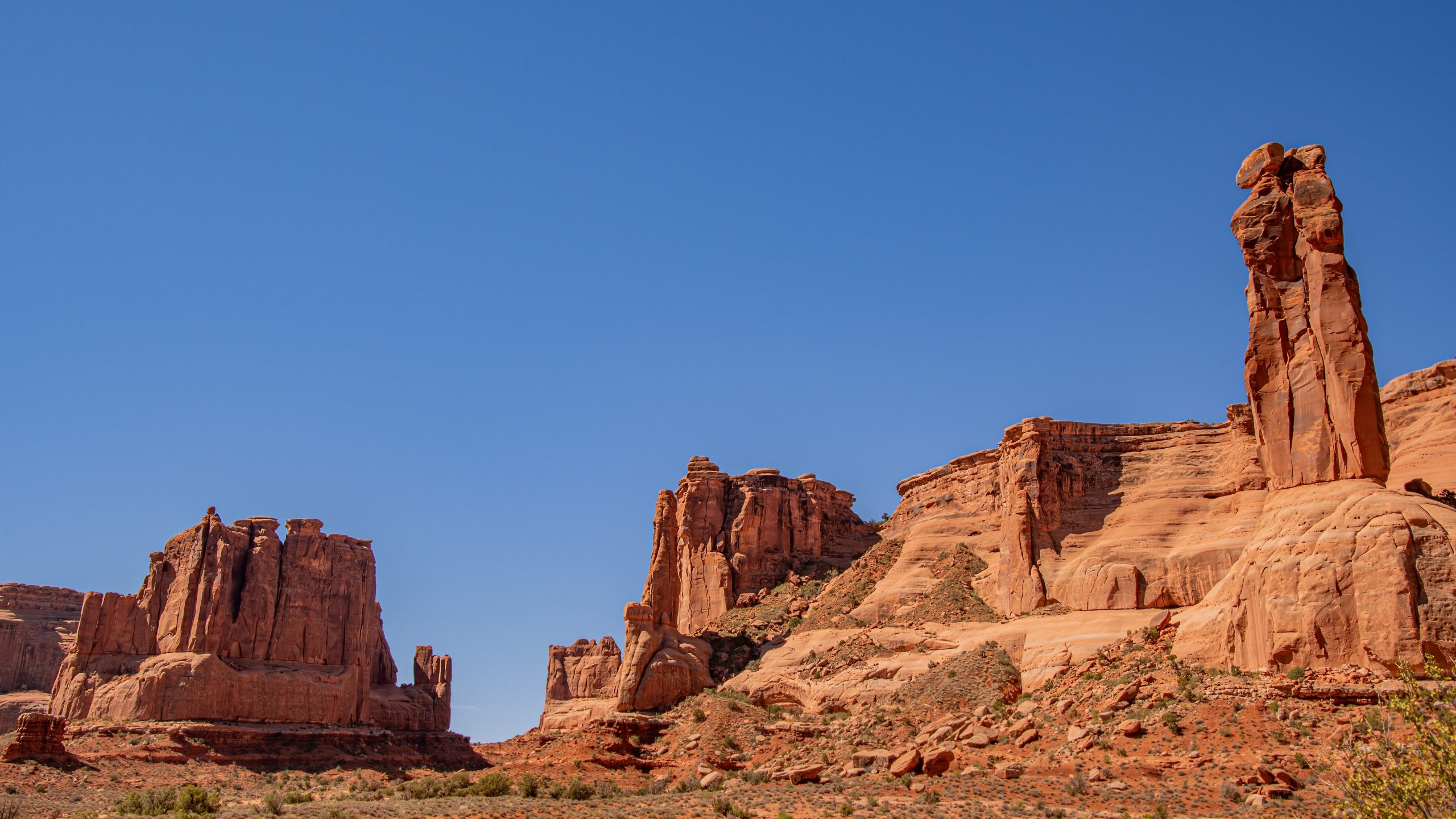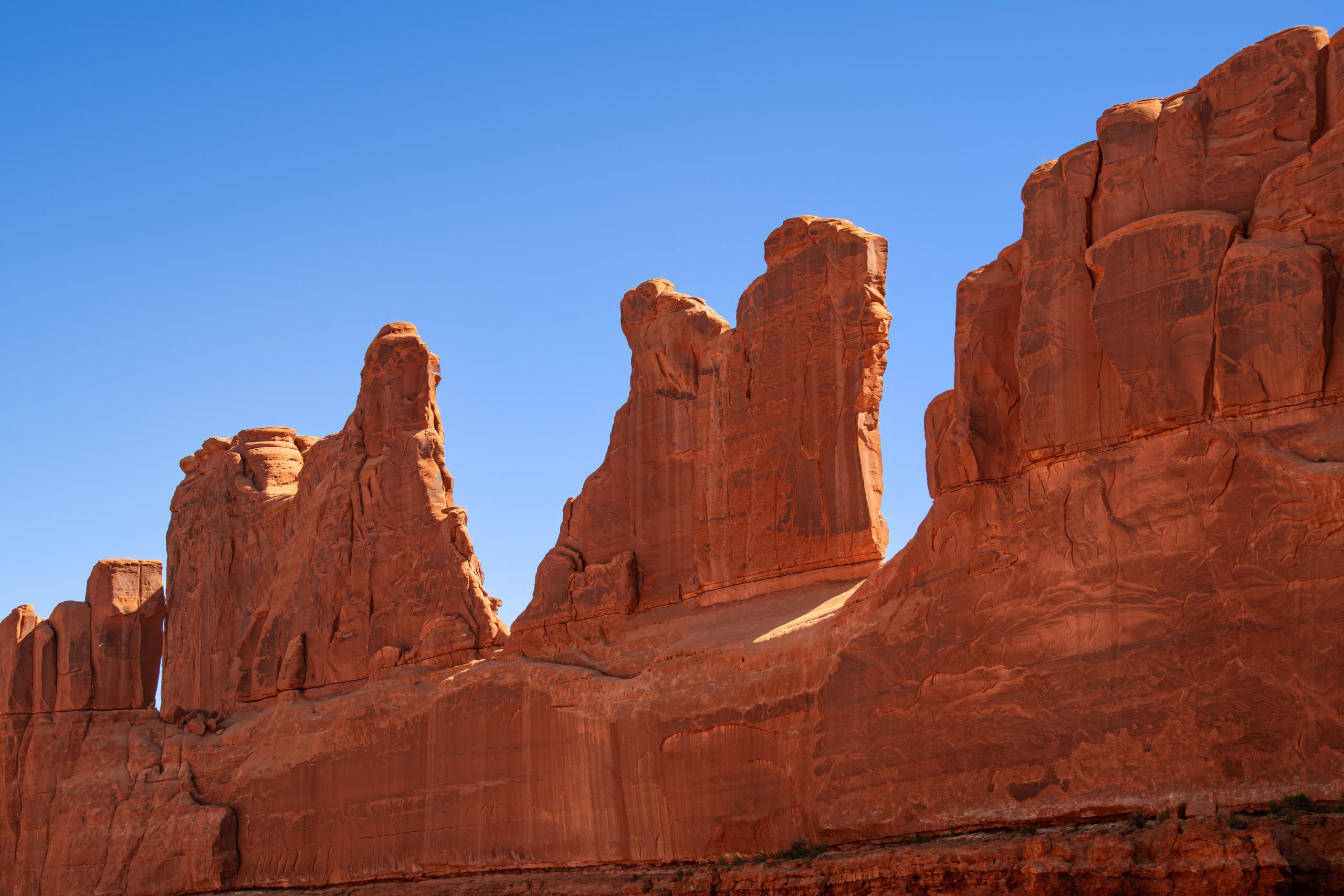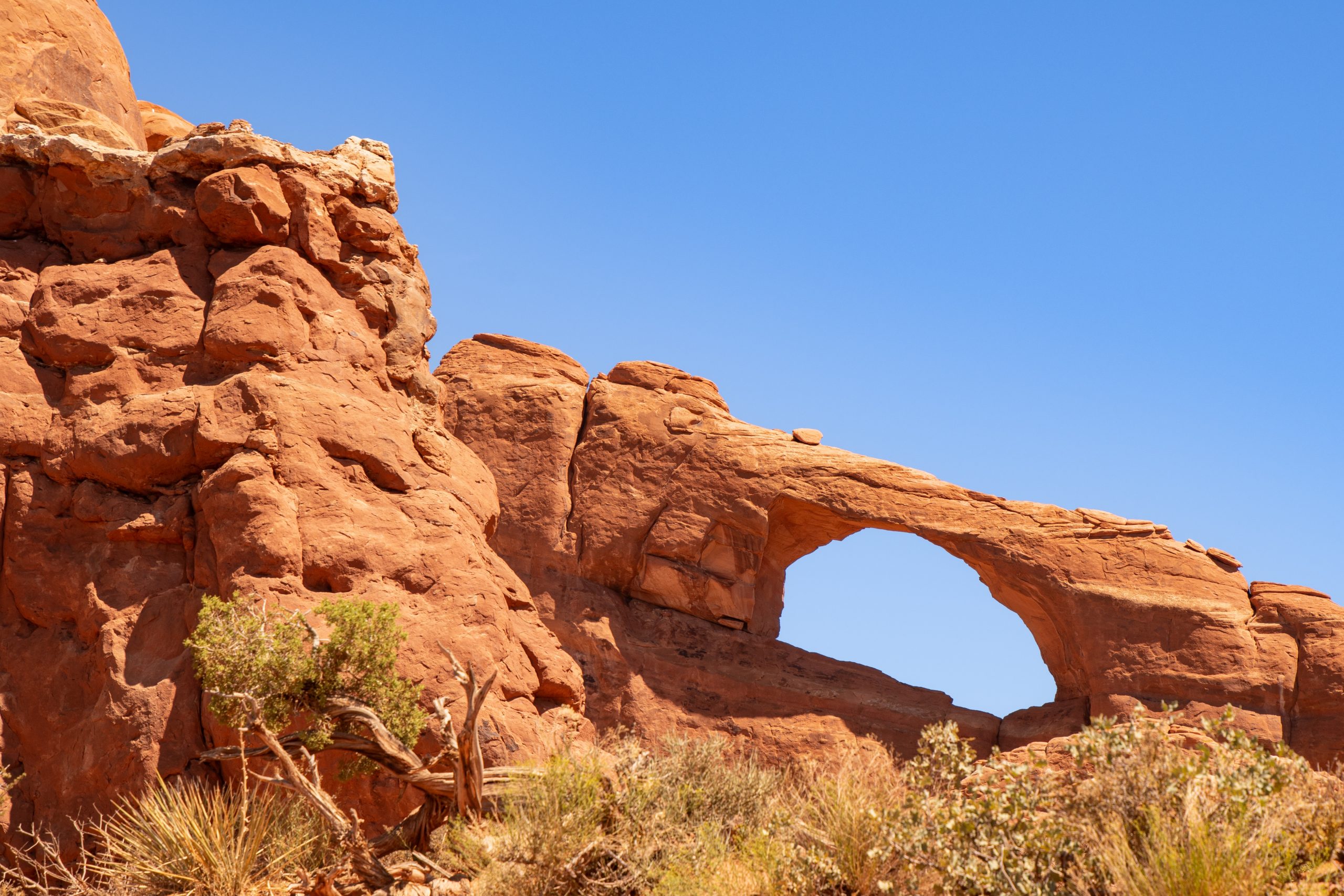
The Magic of Arches National Park: Perspectives on Capturing Red Rock
Arches National Park in Utah is renowned for its breathtaking red rock formations and stunning natural arches. With over 2,000 documented arches and countless other unique geological features, the park offers endless opportunities for photographers to explore and capture its beauty. To truly showcase the magic of this landscape, it’s essential to experiment with different lenses, both zooming in and out to create a diverse range of compositions that highlight the park’s awe-inspiring features. I had the opportunity to visit Arches while on a road trip across the American Southwest and below are my perspectives on how to approach such a photogenic desert.
Start Wide: Embrace the Grandeur
In landscape photography, one of the greatest advantages of a wide-angle lens is its ability to capture the sheer scale of a place. They allow you to include more of the scene in your frame, making them perfect for showcasing sweeping vistas and grand features. For Arches, you can include multiple arches, towering rock formations, and the sprawling desert landscape in a single frame, giving viewers a sense of the park’s size.

As you explore the park, look for features that are near each other so they can be a part of the same composition. You get bonus points if the features are different widths and heights. This gives more visual complexity to the image and will make it more intriguing to your viewer. As you look through your camera and frame up your image, keep an eye on the edges. Make sure you aren’t clipping off any of the formations or including too much of the brushy desert foreground which can be distracting.
Aim Up: Highlighting the Scale
Don’t be afraid to get creative with your compositions. Try photographing from low angles, aiming upwards, to emphasize the size of the red rock. Look for natural frames, such as arch openings or trees, to add depth to your photos. To emphasize scale even further, consider including a human subject or an object like a tree in your composition. Using an object where the size is known can help convey the immense size of the natural features.

In this image, notice how you get a sense of the size of this towering structure without really knowing how tall it is. The angles imposed on the image by shooting low and aiming up communicate to the eye that you are looking at something large or important. The closer you are to the feature when you aim up, the more emphasis will be put on that scale.
Zooming In: Focus on the Details
Zoom lenses are incredibly versatile and allow landscape photographers to capture close-up details that might otherwise be missed. With a zoom lens, you can isolate specific elements of the park’s formations, such as the intricate textures of the rocks, the curves of an arch, or the play of light and shadow on the stone surfaces. This level of detail can bring a new dimension to your photos, allowing viewers to appreciate the finer aspects of the park that often go unnoticed.

Finally Frame: Appreciating the Arches
Of course, the national park is named Arches for a reason. Out of the over 2,000 in the park, there are a number of these geologic oddities that can be easily photographed from the main park road. Depending on your distance to a chosen arch, you can use either a wide-angle or zoom lens. When going wide, you can frame the arch within the surrounding landscape, showcasing its entire size and speaking to the story of how such a formation could have formed in its “habitat”. For a more intimate perspective, switch to a zoom lens to focus on whats through the arch, using this hole in the rock as a frame for a desert scence just beyond. Or zoom in on the intricate textures and details of the arch’s surface. Experiment with different angles and compositions, and don’t forget to include foreground elements like plants or rocks to add depth and scale to your photos.

By using both zoom and wide-angle lenses, you can create a comprehensive portfolio that showcases the diverse beauty of a place like Arches National Park. A zoom lens is ideal for capturing intricate details while a wide-angle lens excels at presenting sweeping views of the park’s grand landscapes. This combination allows you to tell a complete story of the park’s unique environment.
Don’t be afraid to experiment with different angles, focal lengths, and perspectives to keep your photography interesting and engaging. Try shooting from low angles to make the rock formations appear more imposing or get up high to capture panoramic views. The versatility of both lenses provides endless possibilities for creative compositions, allowing you to showcase the park’s beauty in all its glory. So, pack your gear, head to Arches National Park, and let your creativity flow as you explore and photograph this stunning landscape.
Happy Photographing!

Leave a reply